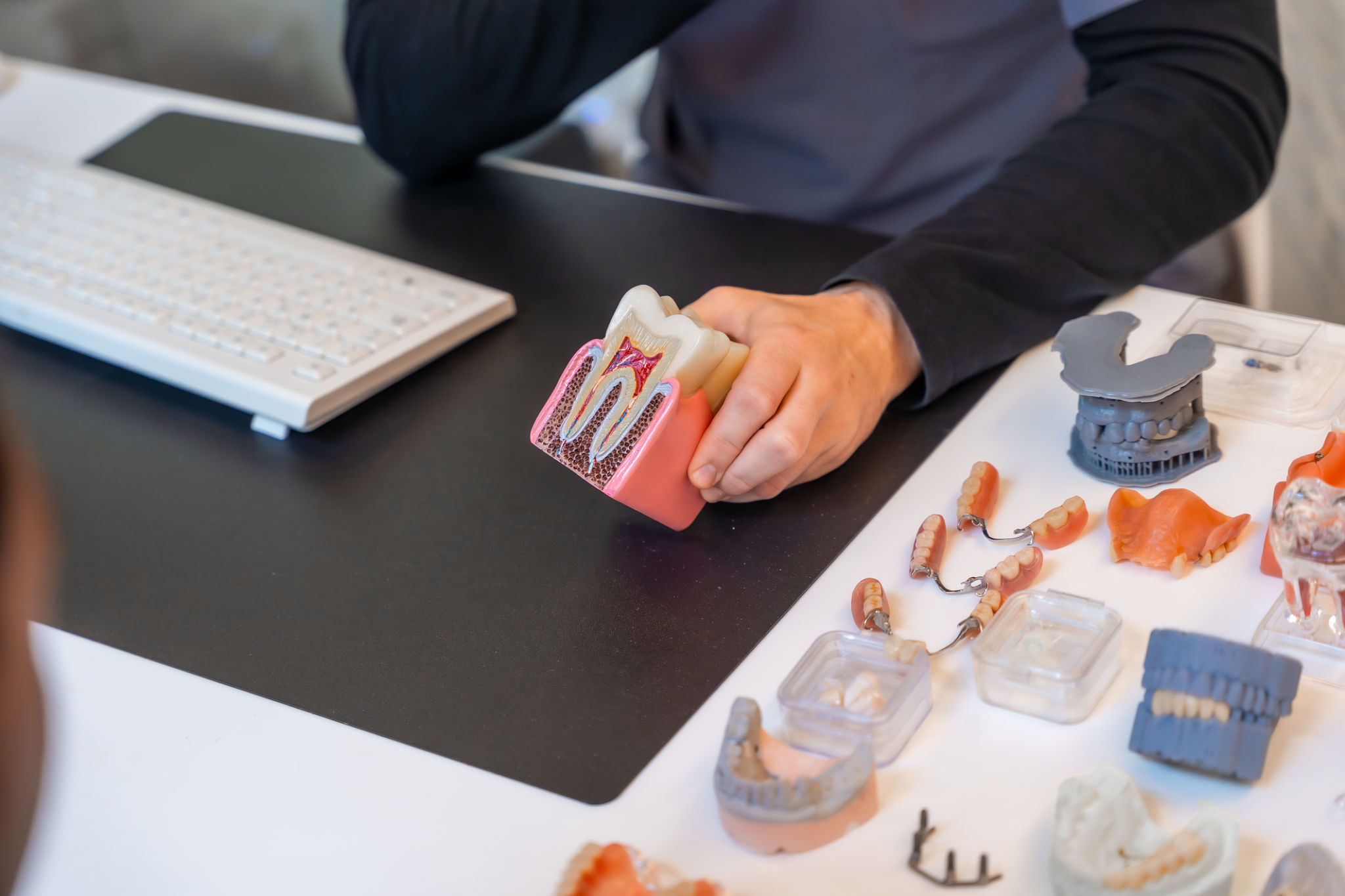A Dentist’s Guide to Using 3D Printed Models for Patient Engagement
Introduction to 3D Printing in Dentistry
The world of dentistry is constantly evolving, with new technologies transforming the way dental professionals operate and engage with their patients. One such innovation is the use of 3D printed models. These models are revolutionizing dental practices by enhancing patient understanding, improving communication, and streamlining dental procedures.

Enhancing Patient Understanding
For many patients, visualizing dental problems and proposed solutions can be challenging. Traditional methods such as X-rays and 2D diagrams often leave patients puzzled. However, 3D printed models offer a tangible, real-world representation of a patient’s dental anatomy, making it easier for them to understand their specific conditions and the proposed treatment plans.
By providing a clear, physical representation of dental structures, these models help demystify complex procedures. Patients can better grasp the intricacies involved in treatments such as orthodontics, implants, and reconstructive surgery. This understanding fosters trust and enables patients to make informed decisions about their oral health.
Improving Communication
Effective communication is crucial in any healthcare setting. Dentists can leverage 3D printed models to facilitate clearer conversations with their patients. By presenting a physical model, dentists can point out specific problem areas and explain treatment options in detail, ensuring that patients fully comprehend the proposed procedures.

This enhanced communication tool also aids in setting realistic expectations. Patients can see firsthand what their teeth or jaws will look like post-treatment, reducing anxiety and building confidence in the dentist’s abilities. This level of transparency can significantly enhance patient satisfaction and loyalty.
Streamlining Dental Procedures
3D printed models are not just beneficial for patient engagement; they also play a critical role in streamlining dental procedures. Dentists can use these models for pre-surgical planning, allowing them to anticipate challenges and devise precise surgical approaches. This preparation can lead to shorter operation times and improved outcomes.
Furthermore, 3D printing technology enables the creation of custom-fit surgical guides and dental appliances, enhancing the precision of procedures such as implant placement and orthodontic adjustments. As a result, the use of 3D printed models contributes to more efficient and successful dental treatments.

Cost-Effectiveness and Accessibility
Incorporating 3D printing technology into dental practices can also be cost-effective in the long run. While the initial investment in a 3D printer may be significant, the ability to produce in-house models reduces reliance on external labs, leading to faster turnaround times and reduced costs for both practices and patients.
Moreover, advances in 3D printing technology have made it more accessible than ever before, allowing even smaller practices to adopt this innovation. This accessibility ensures that a wider range of patients can benefit from the enhanced care that 3D printed models provide.
The Future of Dentistry with 3D Printing
The integration of 3D printing into dentistry is just the beginning. As technology continues to advance, its applications within the field are expected to expand further. From creating biocompatible dental materials to developing complex prosthetics and beyond, the potential is vast.

Dentists who embrace 3D printing technology not only improve patient engagement but also position themselves at the forefront of dental innovation. By staying informed and adapting to these advancements, practices can deliver exceptional care that meets the evolving expectations of modern patients.
Conclusion
In summary, 3D printed models offer an invaluable tool for enhancing patient engagement in dentistry. By improving understanding, facilitating communication, and streamlining procedures, these models pave the way for more effective and patient-centered care. As this technology continues to evolve, its role in shaping the future of dentistry will undoubtedly grow even more significant.